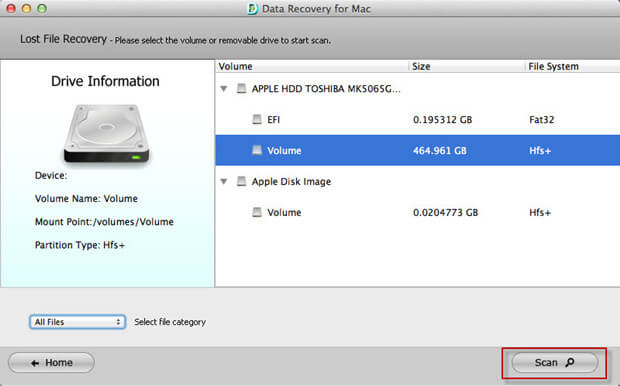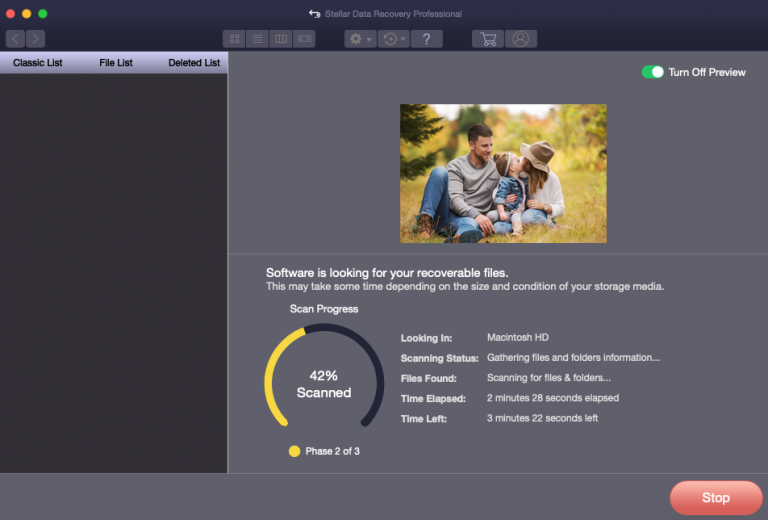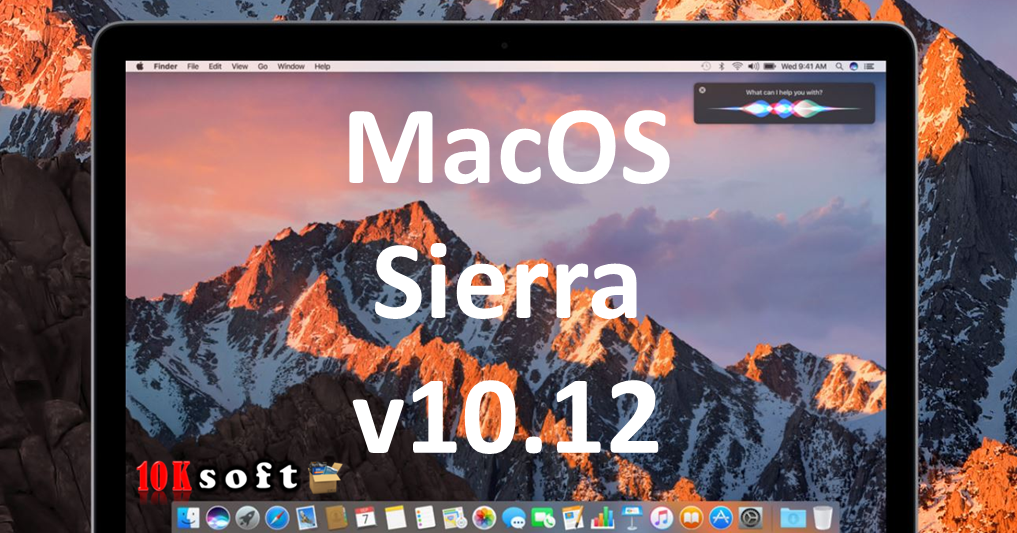
- MACOS SIERRA RECOVERY HOW TO
- MACOS SIERRA RECOVERY INSTALL
- MACOS SIERRA RECOVERY UPDATE
- MACOS SIERRA RECOVERY SOFTWARE
MACOS SIERRA RECOVERY HOW TO
And that is where knowing how to start up your Mac in Recovery Mode can come in handy. For instance, you may use them for troubleshooting complex issues that might require more than fixing disk permissions. However, the aforesaid startup modes aren’t very helpful if the startup disk has become corrupted or damaged. MacOS startup modes can be quite helpful. Our prior tutorials educated you on the ways to start up your Mac from a bootable media, pick a startup disk at boot time or after the fact, mount another Mac’s startup drive on your desktop in Target Disk Mode and boot your computer in Safe Mode or Verbose Mode. In this tutorial, you’ll learn how to enter Recovery Mode at boot time and use the built-in recovery tools to bring your Mac in perfect working condition. It is typically your last chance to repair the startup disk, reinstall macOS or restore from a backup after a fatal failure that prevents your Mac from starting up properly. And then follow the onscreen instructions.Starting your Intel or Apple silicon Mac in Recovery Mode provides the tools you need to solve various problems. Also, note that they are very large files.
MACOS SIERRA RECOVERY UPDATE
MACOS SIERRA RECOVERY INSTALL
Shift-Option-⌘-R: This will install the macOS version that came with your Mac.Option-⌘-R: This will update your Mac to the latest compatible macOS version.Command (⌘)-R: This reinstalls the latest macOS version that was installed on your Mac.Turn on your Mac and immediately press one of the keyboard combinations:.To exit Safe Mode, restart your Mac normally.Log in, you may have to log in a few times.

Keep holding the Shift key until you see the Apple logo.Turn on your Mac and immediately press and hold the Shift key.Again let’s doublecheck, enter the date command again to see if your Mac has the correct setting.(mm = two-digit month, dd = two-digit day, HH = 24 hour, MM = minute, yy = 2 digit year) So if it is currently 11:46am, April 03, 2020, the command would look like: “date 0403114620”. Enter the current date using this format: date mmddHHMMyy”.If you have no Internet connection, then you will have to manually update this setting: This will automatically update the setting.If your Mac has an Internet connection, enter the following command and hit enter:.This will give you your computers time and date setting.In Termina, enter the following command and hit enter:.From the top menu, click Utilities and Terminal.You will see the “macOS Utilities” window.Your Mac will start up from macOS Recovery.Keep holding these keys until you see the Apple logo or a spinning globe. Turn on your Mac and immediately press and hold the Command (⌘)-R keys together.Turn off your Mac, you can do so by pressing and holding the power button.Then you can use Terminal (Applications / Utilities) to update your date and time settings. However, the option above may not work for you as you may not access System Preferences if your Mac stuck in the middle of a macOS update.You may also want to check the “set date and time automatically” box to turn on the option to set date and time automatically.

If your settings are not correct, update them.

You may see this message when you want to install or reinstall an update or upgrade. “An error occurred while preparing the installation.

A common installation error message that a lot of users are receiving is below: However, you may run into Mac update issues.
MACOS SIERRA RECOVERY SOFTWARE
Updating your Mac to the latest version of the macOS software is usually easy and straightforward. Facebook Tweet Pin Share Like LinkedIn Print


 0 kommentar(er)
0 kommentar(er)
